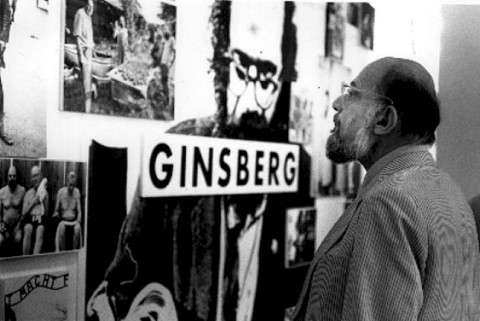When I first heard that 43-year old Austrian daredevil and former military parachutist Felix Baumgartner would be jumping 128,000 feet from space, my immediate reaction was, “What? Why?!” Because why would anyone do that? And I assumed it was all some macho stunt to promote Red Bull, his corporate sponsor, which isn’t entirely unfounded. But I also had no sense of the historic context, the scientific implications, and until I read the details, the truly death-defying magnitude of it all. As I watched the jump and then learned more, my wonder and admiration grew, particularly in reading Baumgartner’s own accounts of his seven years of preparation for the feat.
Baumgartner bested Chuck Yeager on the same day in history that Yeager broke the sound barrier (he says Yeager’s going to be “pissed”). He also broke the record set by Joseph Kittinger, an Air Force pilot who leapt from 102,800 feet (19.5 miles) above earth in 1960. You can watch a short documentary of Kittinger’s famous jump above. The technology of 1960 didn’t allow for the crystal-clear images Baumgartner captured with his two suit cameras, but it’s still an impressive little film, made more so by Kittinger’s voice over describing the sensations he experienced during free fall. Below is a classic 1960 newsreel film of the jump, with a dramatic announcer and triumphal, martial music.
Kittinger and Baumgartner first met in 2008, and the elder test pilot supported and helped plan the Red Bull Stratos project that would break his record. He also served as Baumgartner’s mission control, guiding him from his tiny space capsule to the ground. The jump was apparently supposed to take place two years earlier, on the 50th anniversary of Kittinger’s, but was delayed. Below, you can watch Kittinger discuss the project and his own career in a 2010 interview with Red Bull.
Josh Jones is a doctoral candidate in English at Fordham University and a co-founder and former managing editor of Guernica / A Magazine of Arts and Politics.



